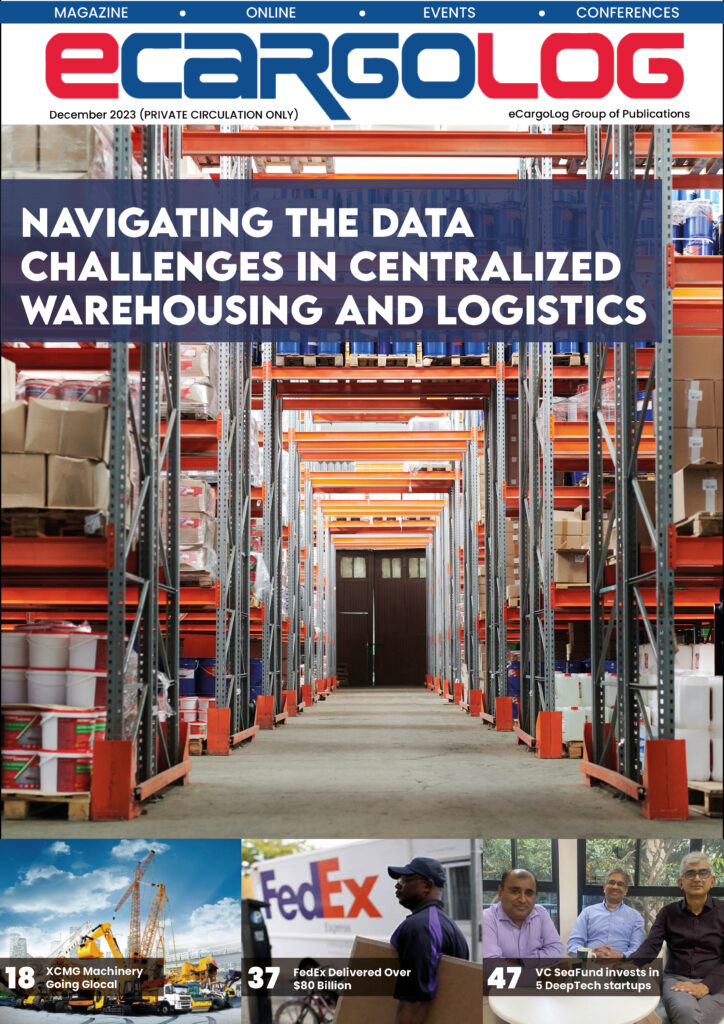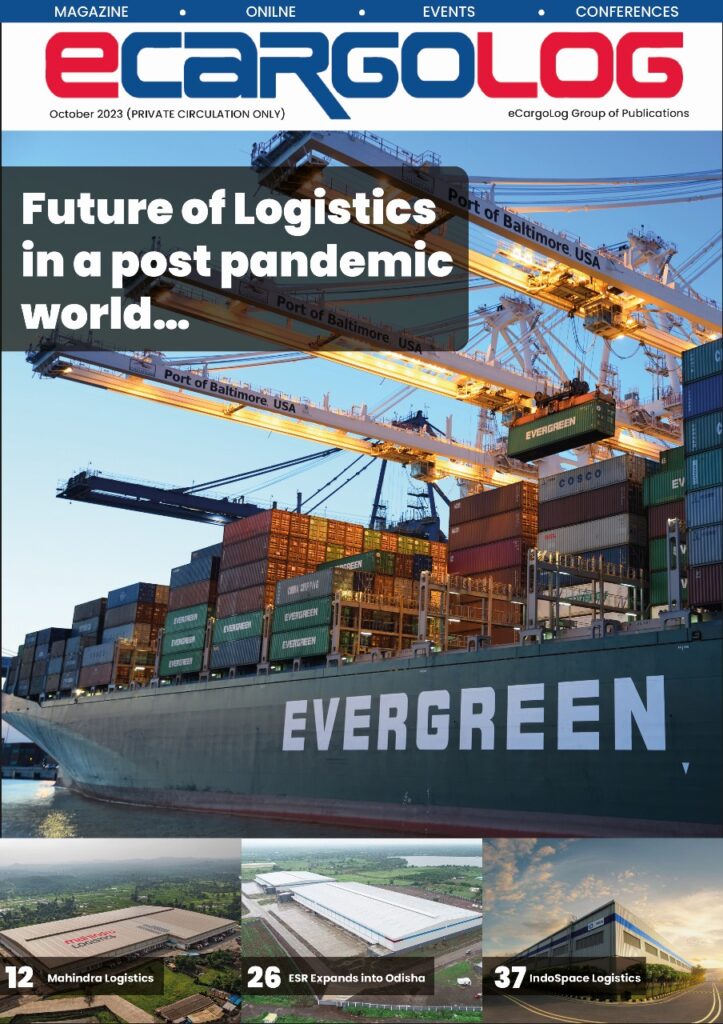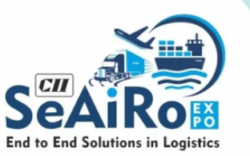Safe in India Foundation released its third annual report in its CRUSHED series with evidence from 2,500+ workers injured in the auto component factories in Haryana, Uttarakhand and Rajasthan
‘CRUSHED 2021 edition’: Thousands of workers continue to lose their hands/fingers every year in the Indian auto sector manufacturing – not only a human tragedy but a loss to Indian worker productivity.
The report was released at a unique online event, where the report findings were discussed with 100+injured workers who have lost their hands or fingers in auto component factories.

The report was released by Mr. Anil Swarup, IAS (Retd) Former Secretary Coal, GOI; Mr Dunu Roy, well-known nation builder and Mr Kamal Jaswal, IAS (Retd), Former Secretary, DIT, GOI, who also discussed the issue with the workers online.
Some background of the report released:
The report is based on the real experience of 2,500+ injured workers from the auto-sector in Gurgaon and Faridabad in Haryana, Rudrapur in Uttarakhand and Neemrana in Rajasthan.
This Report is the third annual sequel after CRUSHED 2019 and CRUSHED 2020, which were released at the Ministry of Labor, at IIM Ahmedabad, with injured workers in Gurgaon in August 2019 and with auto-industry associations, SIAM and ACMA in 2020. Past Press coverage of Safe in India’s CRUSHED and SafetyNiti reports here. Their findings have been accepted by the auto-industry and the government.
A few highlights of CRUSHED 2021 (details in attached report and executive summary)
Who are these injured workers? More than 2,500 accidents seriously injuring workers in auto-component manufacturing factories in last five years. Vast majority (92%) of them were migrant workers – they also suffered the most during Covid-19 lockdowns. Close to 70% of them were contract workers even though many have been working in the same business for several years. More than half (60%) young, below 30 years.
What kind of injuries are these? About 70% lost their hands/fingers. In a typical crush injury, a worker lost an average of 1.97 fingers. About 70% received their ESIC Identity Card only after the accident and not on the date of joining.
Which machines are causing these crush injuries? Power Press continued to be the most dangerous machine where 50%+ of these accidents happen. This machine is doubly as dangerous as other machines reported by injured workers. Rampant legal violations exist causing these accidents.
What do government records show? Accident under-reporting has continued for a long time. Haryana state therefore reports numbers that are not even 5% of those reported by workers to Safe in India Foundation.
Is this a national problem? The problem plagues the entire auto-sector nationally as same supply chain practices exist in all Indian auto hubs. The report will include new survey data on Rudrapur and Neemrana auto sector accidents, in addition to Gurugram and Faridabad.
Who are the auto sector brand owners buying parts from these factories? Suppliers of Maruti-Suzuki, Hero, and Honda remain the largest contributors to accidents in Gurugram (93%) and Faridabad (75%). The supply chains of Bajaj, Eicher, JCB, Tata Motors, TVS, and Yamaha, are also significant contributors to accidents in Gurugram, Faridabad, Rudrapur, and Neemrana.
Is this only a small factory problem? With about 20% of these accidents in ACMA members (some of the largest factories/suppliers and mostly Tier 1 suppliers to the auto sector brands) in Gurugram, this is clearly not just a small MSME problem although the remaining about 80% are in smaller Tier 2/3/4 suppliers.
What actions are the auto sector brands taking to prevent these accidents since the launch of CRUSHED series of reports? These reports have started resulting in a few actions by many of the top 10 auto-sector brands (Maruti-Suzuki, Hero Motors, Honda, Eicher TVS, Tata Motors, Mahindra & Mahindra, Hyundai, Ashok Leyland, Bajaj), apex auto industry bodies SIAM and ACMA, and central and state governments. More details in the report.
What actions is the government taking? Since these reports, central government and Haryana state government started working groups. In 2021, ISH Gurugram started a working platform with Maruti-Hero-Honda-SII. Concrete results of these actions are to be seen.
Who is Safe in India? Safe in India Foundation (SII), a civil society organization started by three alumni of IIMA, has now assisted 3,000+ workers in accessing ESIC healthcare, compensations and facilitating their ESIC claims of the value of Rs 25+ cr.
Mr Anil Swarup, IAS (retd.), Former Secretary of Education, Former Coal Secretary, Government of India, said, “All CRUSHED 2021 recommendations are doable and can be implemented. Emotionally relatable, financially viable, politically acceptable, technologically feasible and administratively doable. SII needs to continue intensive dialogue with stakeholders. I am sure that the auto industry and government will respond positively to the recommendations.”
Mr Dunu Roy, Director, Hazards Centre (IITD), said, “A new parampara akin to that of the learning through heritage needs to be adapted and evolved for the current age of technology and ever-changing nature of machines. We could teach use of a 5 kg hammer in a family. The same cannot work for a 50-ton power press.”
“In 1929, the National Commission on Labour published a similar report about the industry. The report reflects the systemic problems that have existed for decades. If we heed the recommendations from the report, then hopefully the past 100 years will not be replicated in the next 100”.
Mr Kamal Jaswal, IAS (retd.), Former Secretary, Department of Information Technology, Government of India, said, “Just as the diamond trade has resolved to reject blood diamonds, which are extracted in countries with a record of civil strife and human rights violation, the automotive industry helmed by OEMs should spurn the blood-stained auto parts produced by factories having a poor safety record.”
Mr Sandeep Sachdeva, Co-Founder & CEO, Safe in India Foundation, said, “We hope that the auto industry and the government listens to the hundred workers who joined us today to discuss their experiences of poor working practices that result in thousands of them losing their hands or fingers every year. We all know what needs to be done. It’s neither too difficult nor too expensive.”
“All we need is the boards of the auto industry’s top 10 brands boards to think harder about the workers who are contributing immensely to their profits, and their productivity once a quarter. They should come together to form a joint action group with SIAM and ACMA.”
“Our country is not going to improve in its worker productivity from its lowly rank of 115th or our industry become world-class without professionalizing and improving such poor factories.”
Ms Chitra Khanna, Head – Safety Initiative, Safe in India Foundation, said, “Training machine operators for safe operation and proper maintenance of machines can reduce accidents and is good for business.”
Ms Poonam, an injured worker, said, “Auditors never come to us. They don’t ask us. They have coffee and take leave.”
Ms Santoshi Srivastav, another injured worker, said, “Machines are presented along with safety equipments only during audits. Checklist. Gloves etc. After that, it is taken back.”
Another injured worker from Bawal, said, “Even after I complained about the machine, I was forced to work. My company did not help me after my accident. No reply from ESIC. Compensation only given to cover the 2 months of my healthcare expenses.”
Mr Prashant Khurana, Assistant General Manager, said, “Workers expressed a real scenario!! Voice and message of workers very clear.”







